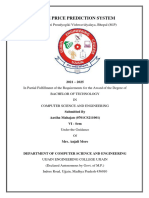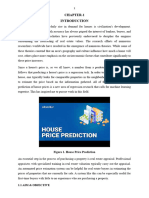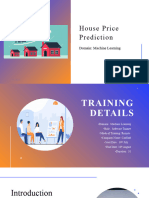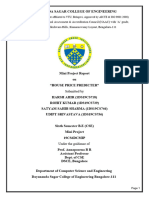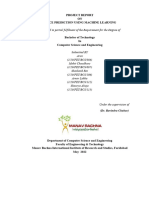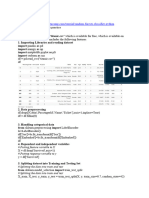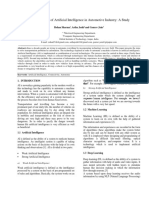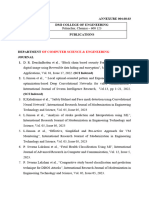0% found this document useful (0 votes)
7 views26 pagesFinal HPP - Synopsis
The project report focuses on developing a machine learning-based system for house price prediction, aiming to enhance accuracy by analyzing various property features and market trends. It outlines the project's objectives, including the use of advanced algorithms and secure data handling methods, while addressing the limitations of traditional valuation techniques. The report also details the system architecture, design methodology, and implementation requirements necessary for achieving reliable predictions in the dynamic real estate market.
Uploaded by
mullaafsha32Copyright
© © All Rights Reserved
We take content rights seriously. If you suspect this is your content, claim it here.
Available Formats
Download as PDF, TXT or read online on Scribd
0% found this document useful (0 votes)
7 views26 pagesFinal HPP - Synopsis
The project report focuses on developing a machine learning-based system for house price prediction, aiming to enhance accuracy by analyzing various property features and market trends. It outlines the project's objectives, including the use of advanced algorithms and secure data handling methods, while addressing the limitations of traditional valuation techniques. The report also details the system architecture, design methodology, and implementation requirements necessary for achieving reliable predictions in the dynamic real estate market.
Uploaded by
mullaafsha32Copyright
© © All Rights Reserved
We take content rights seriously. If you suspect this is your content, claim it here.
Available Formats
Download as PDF, TXT or read online on Scribd
/ 26













